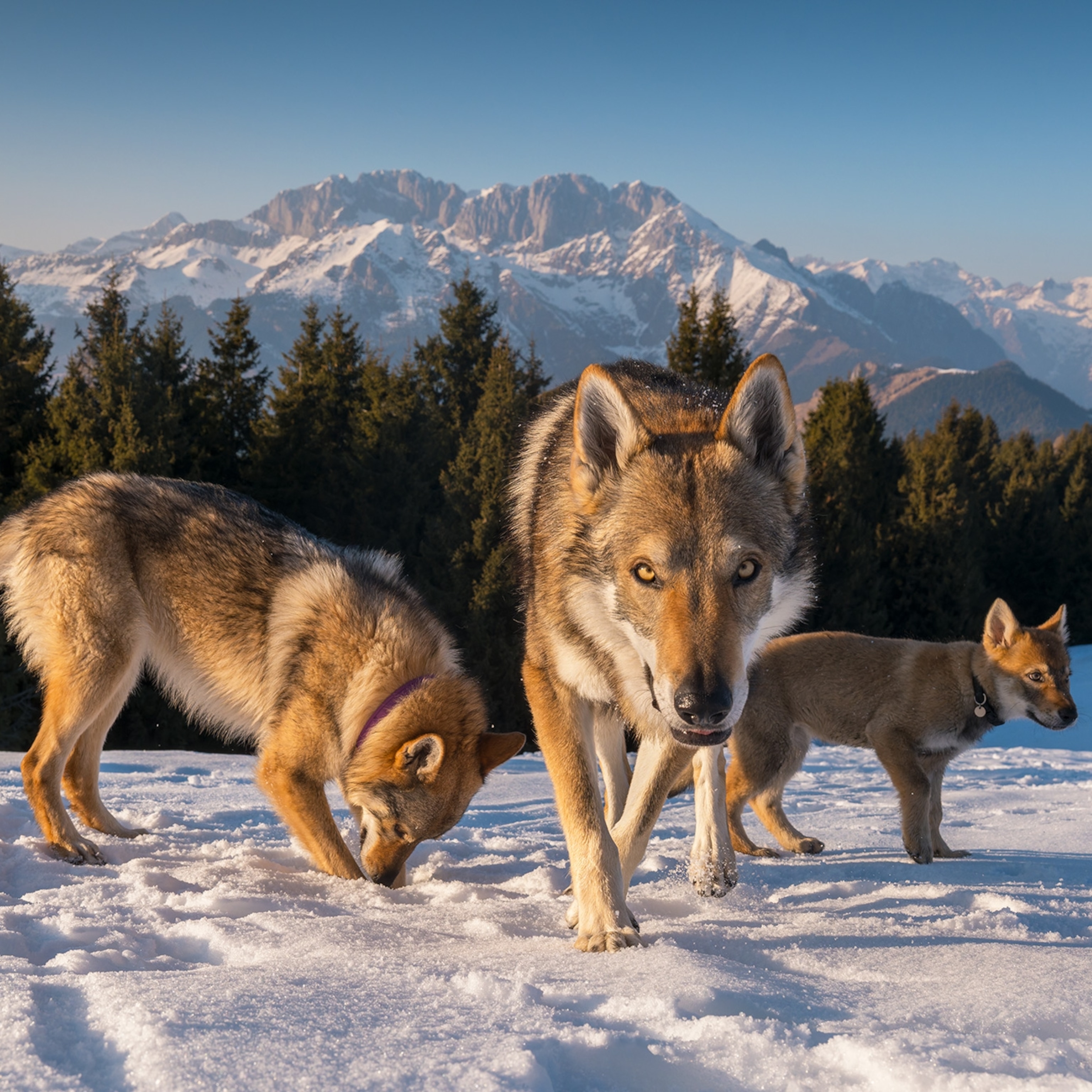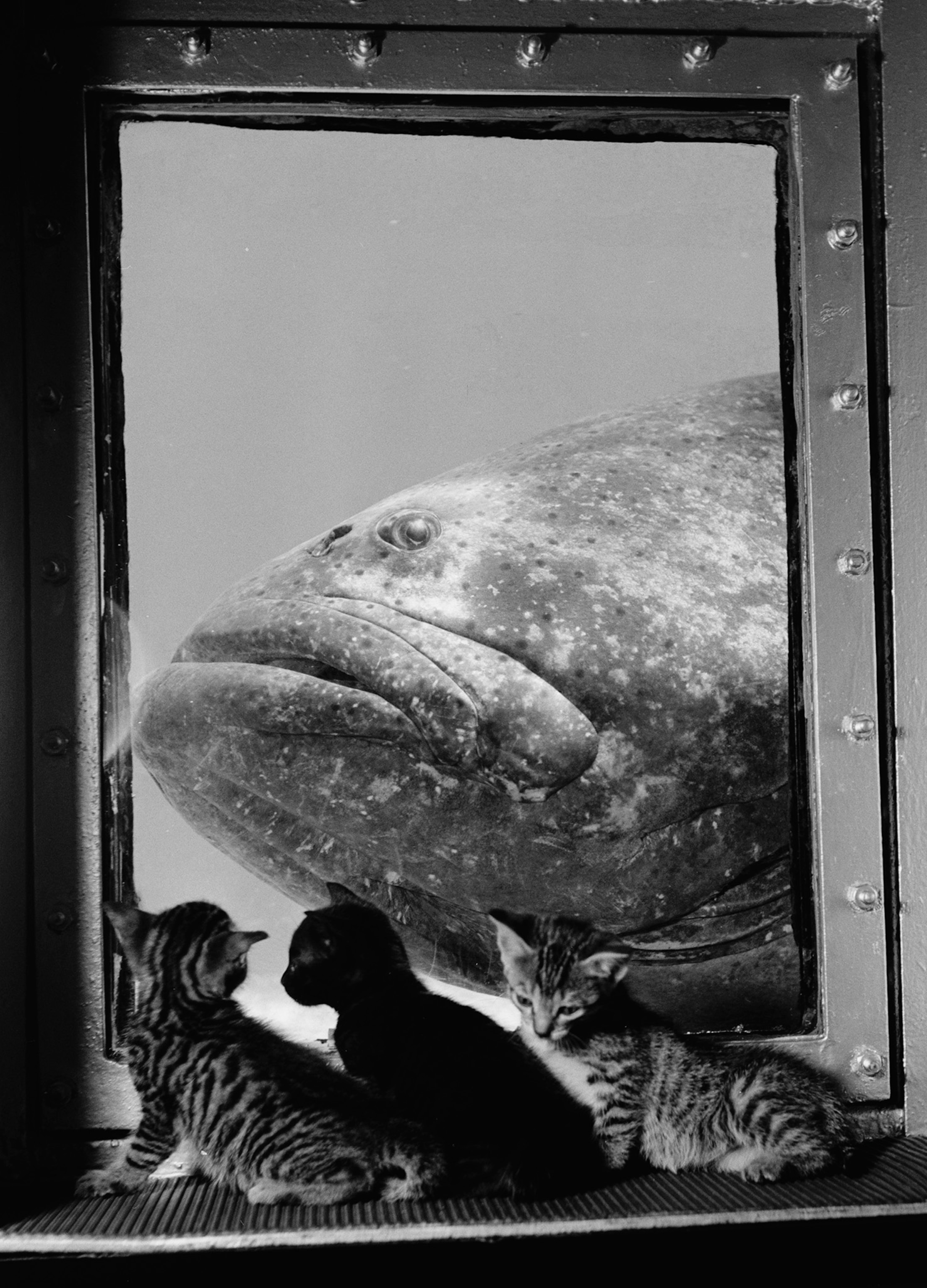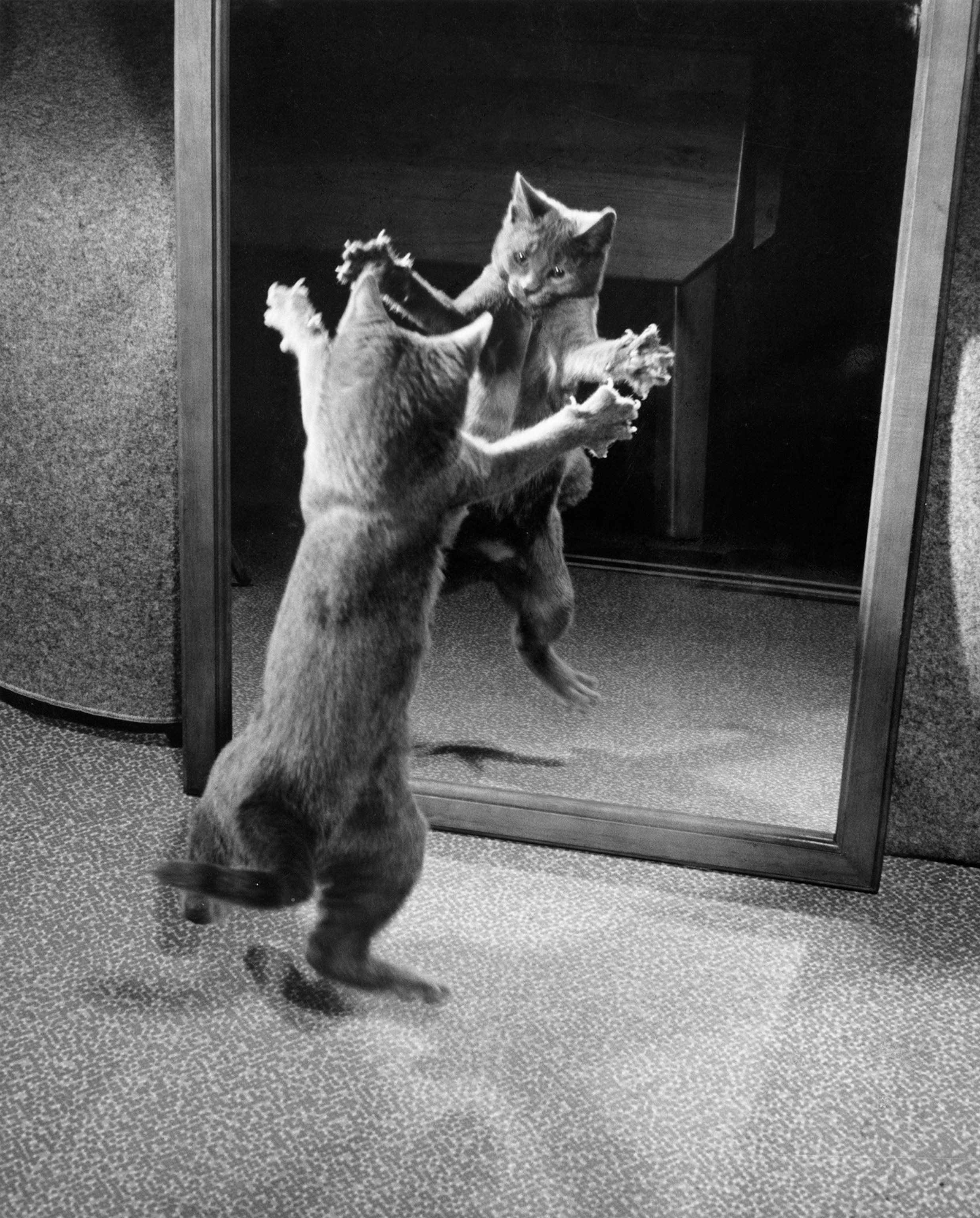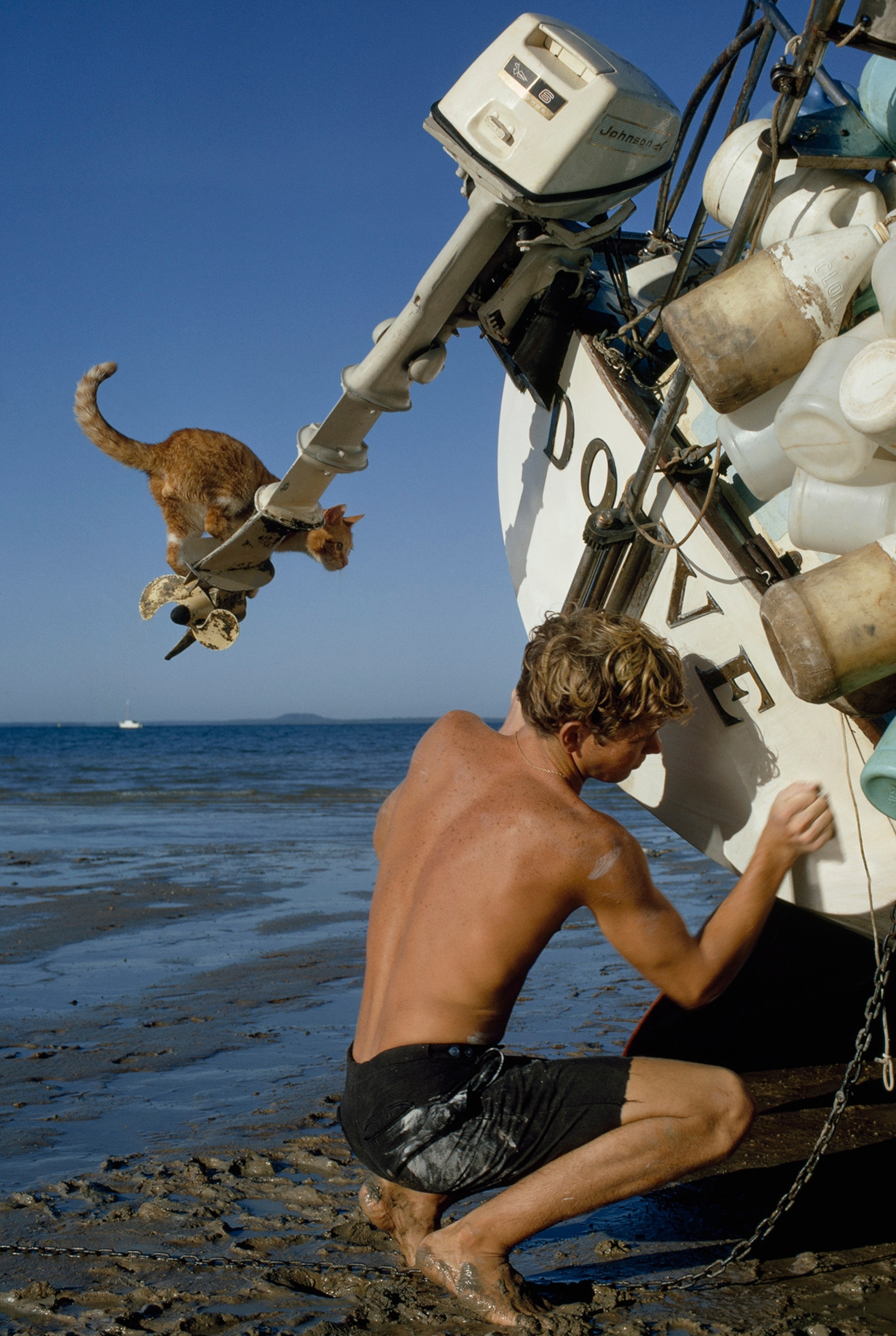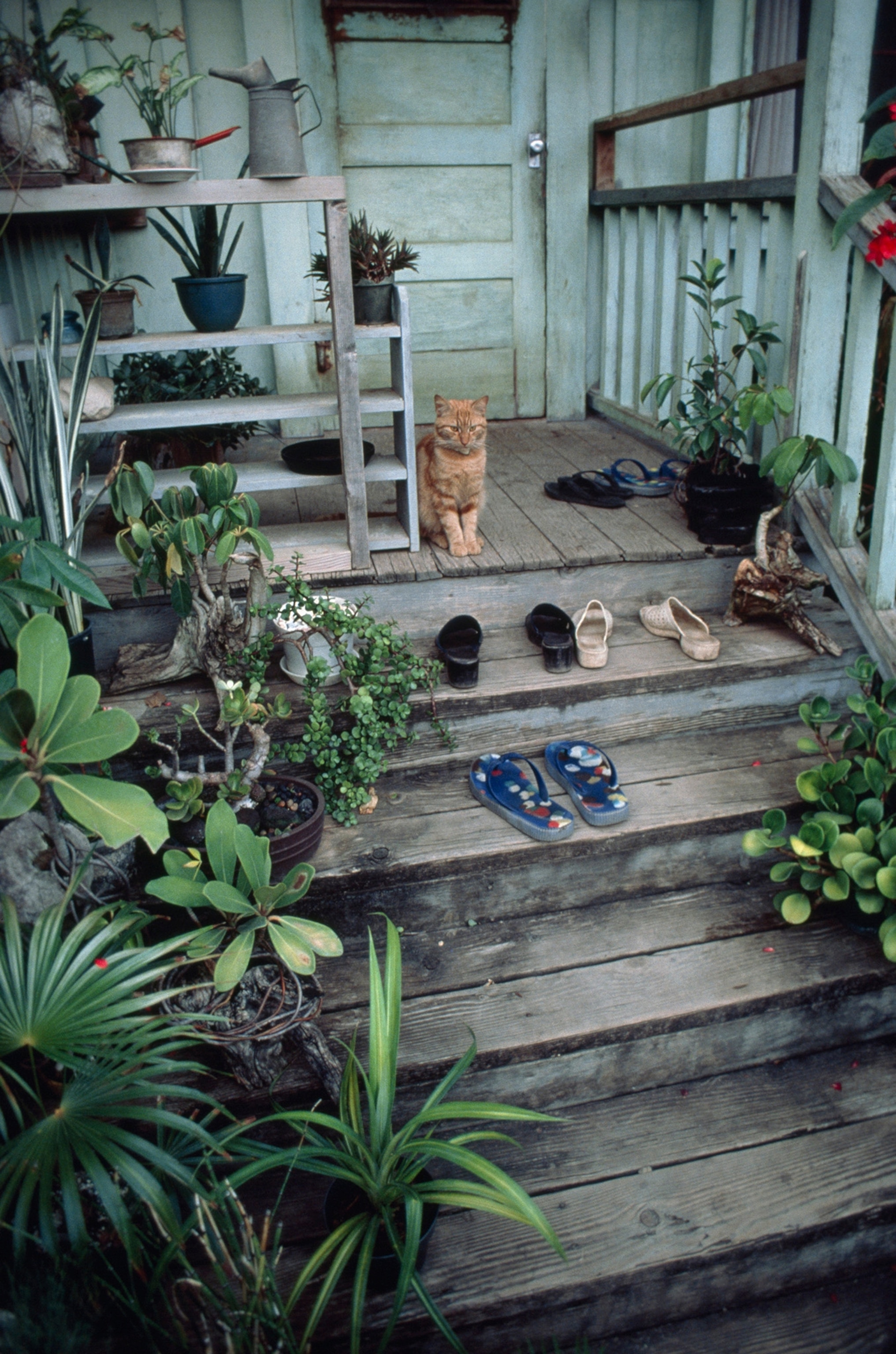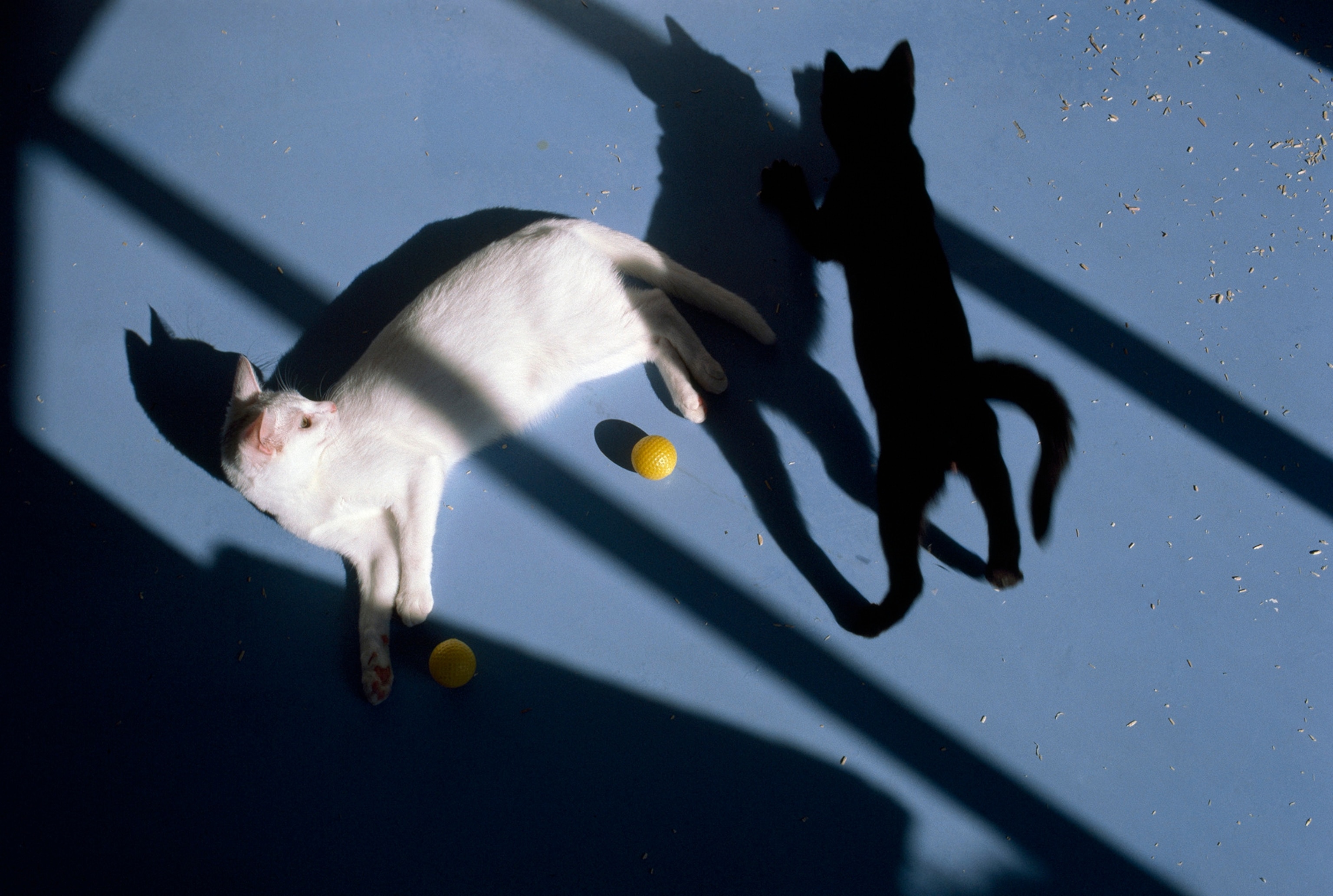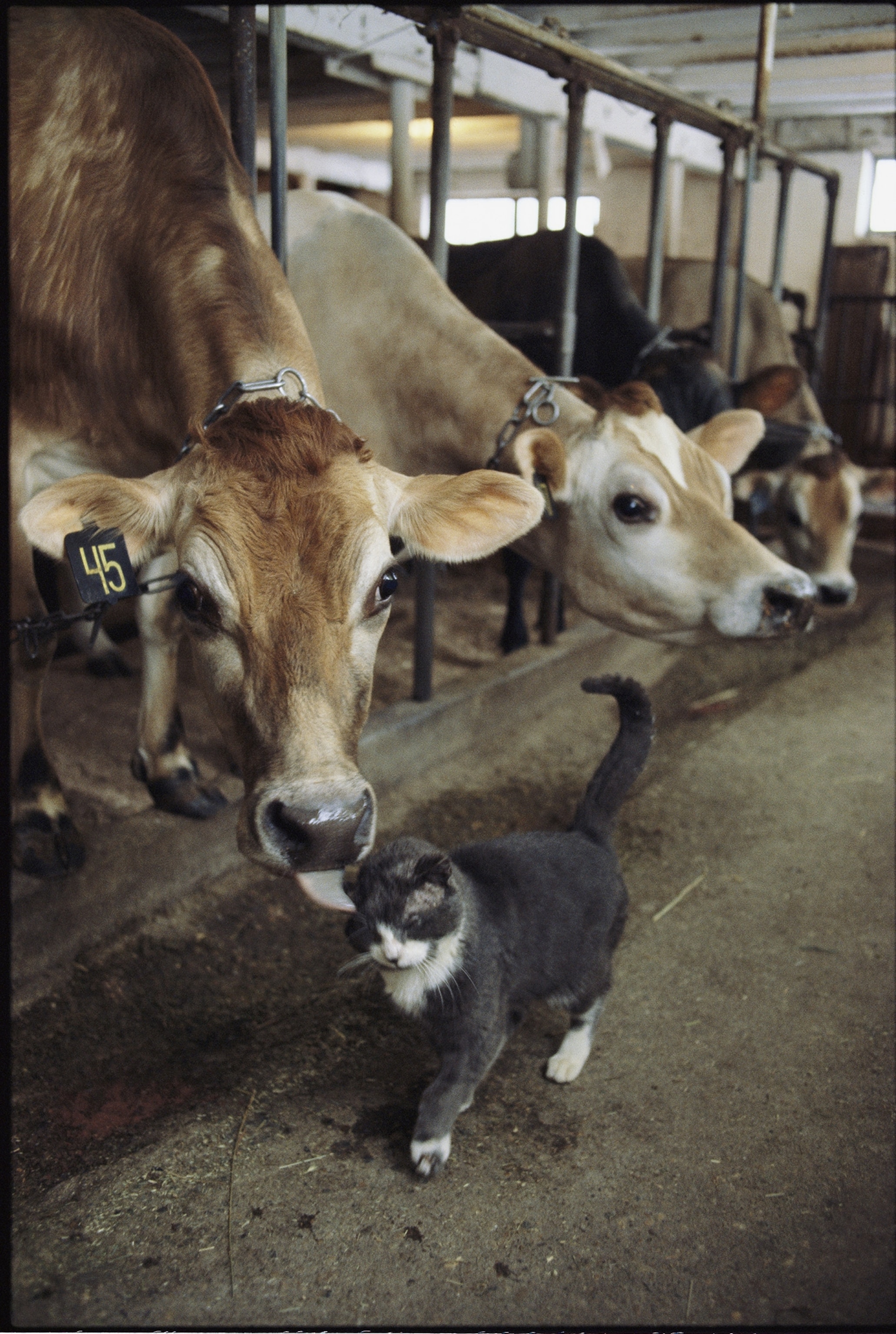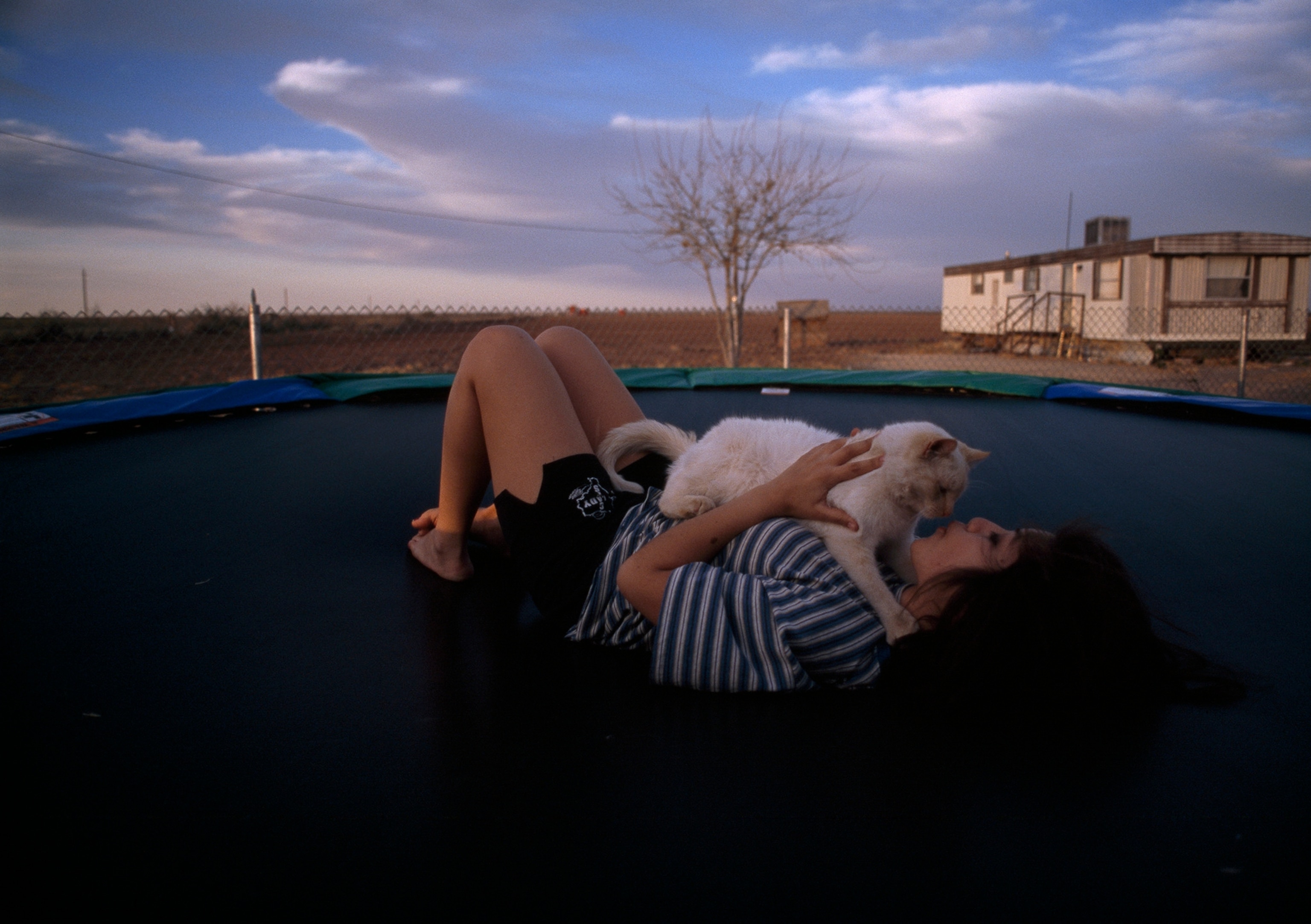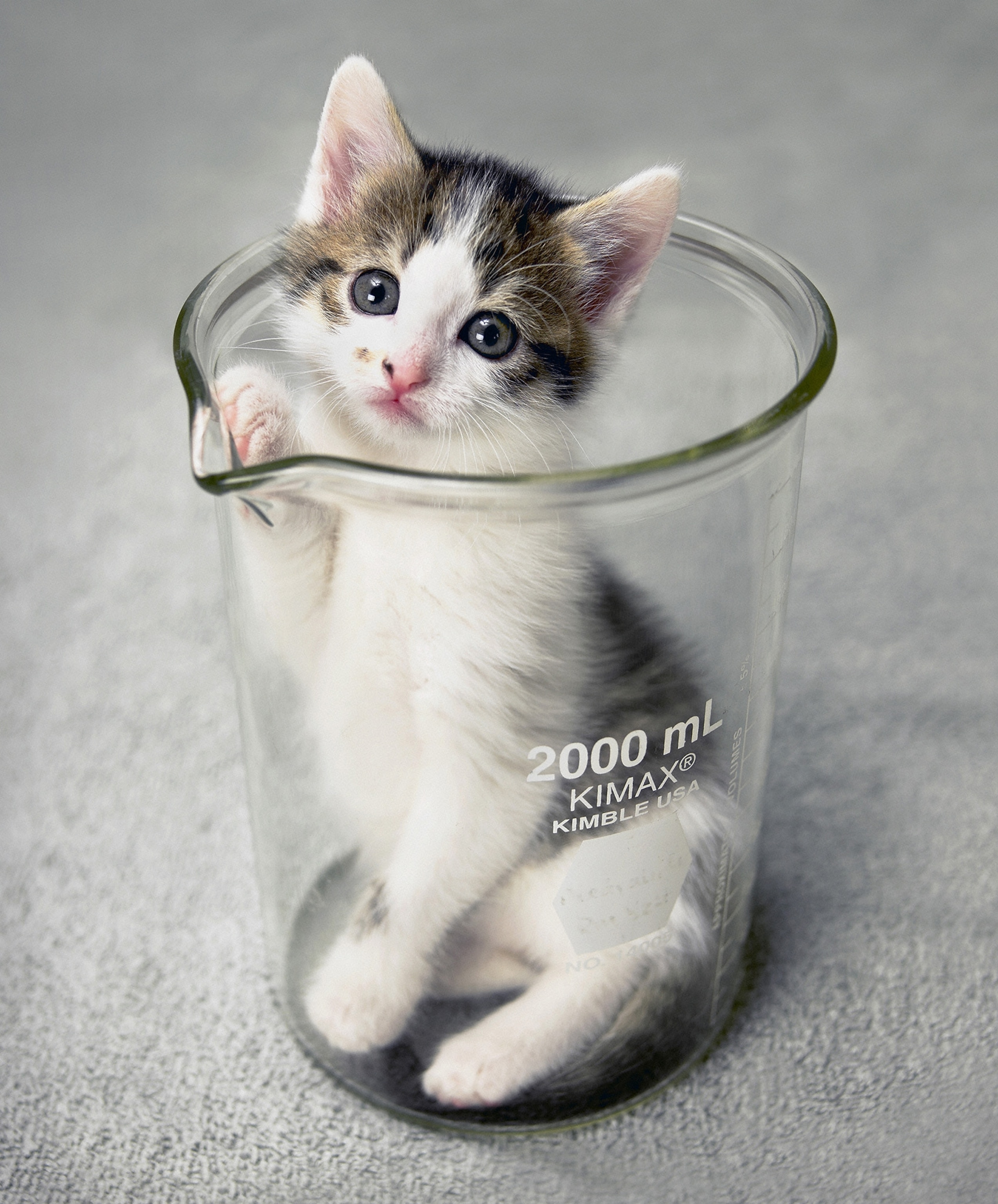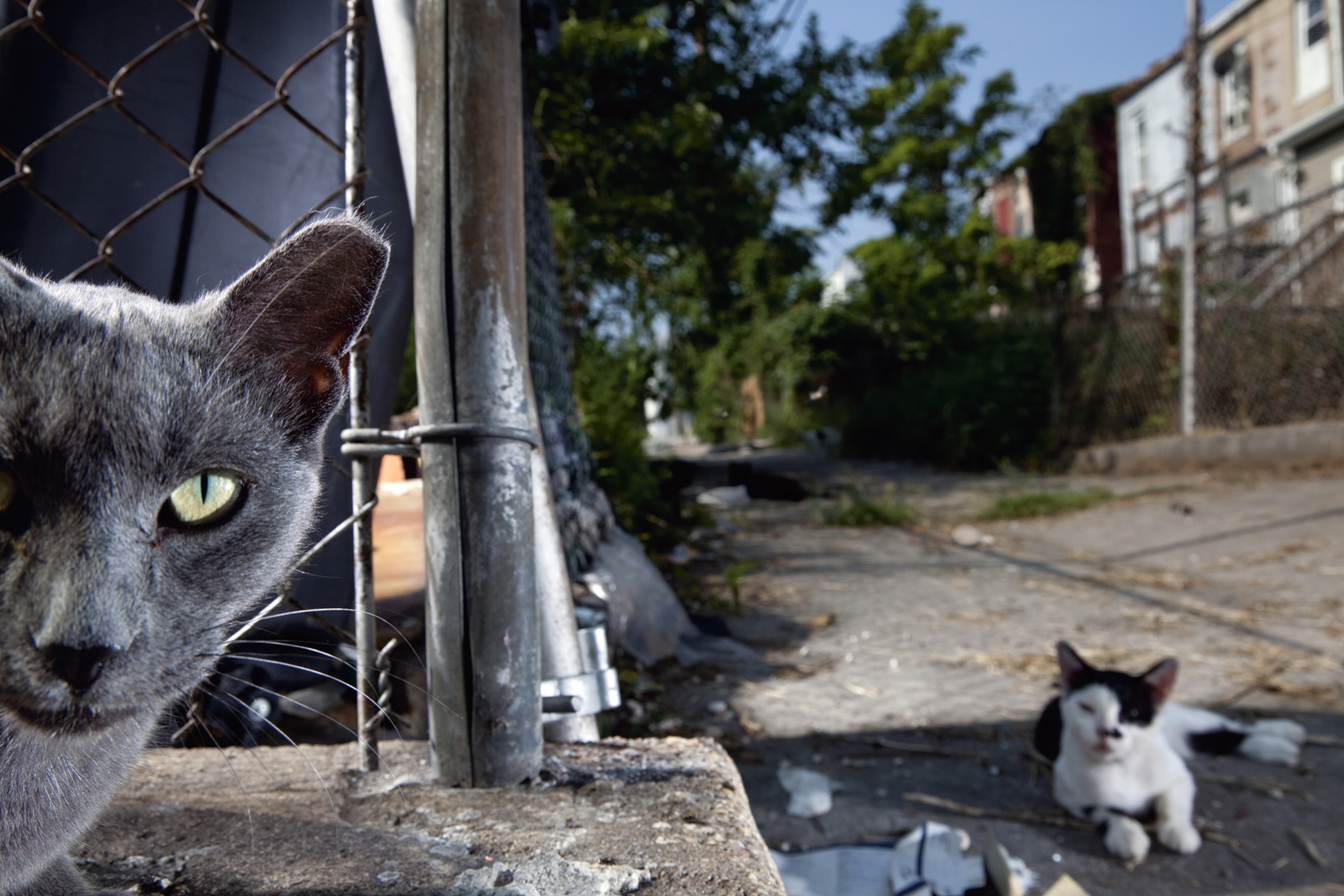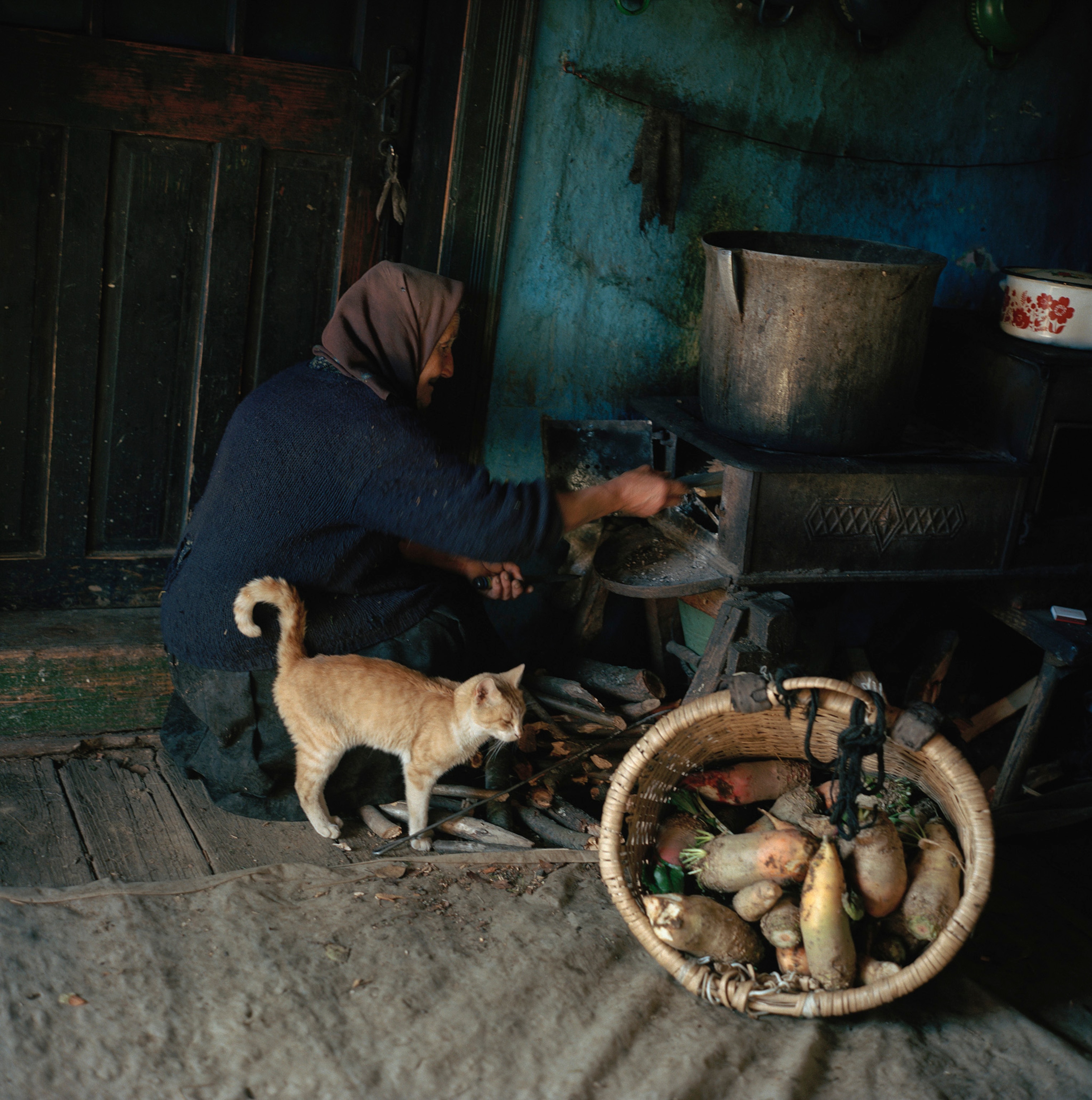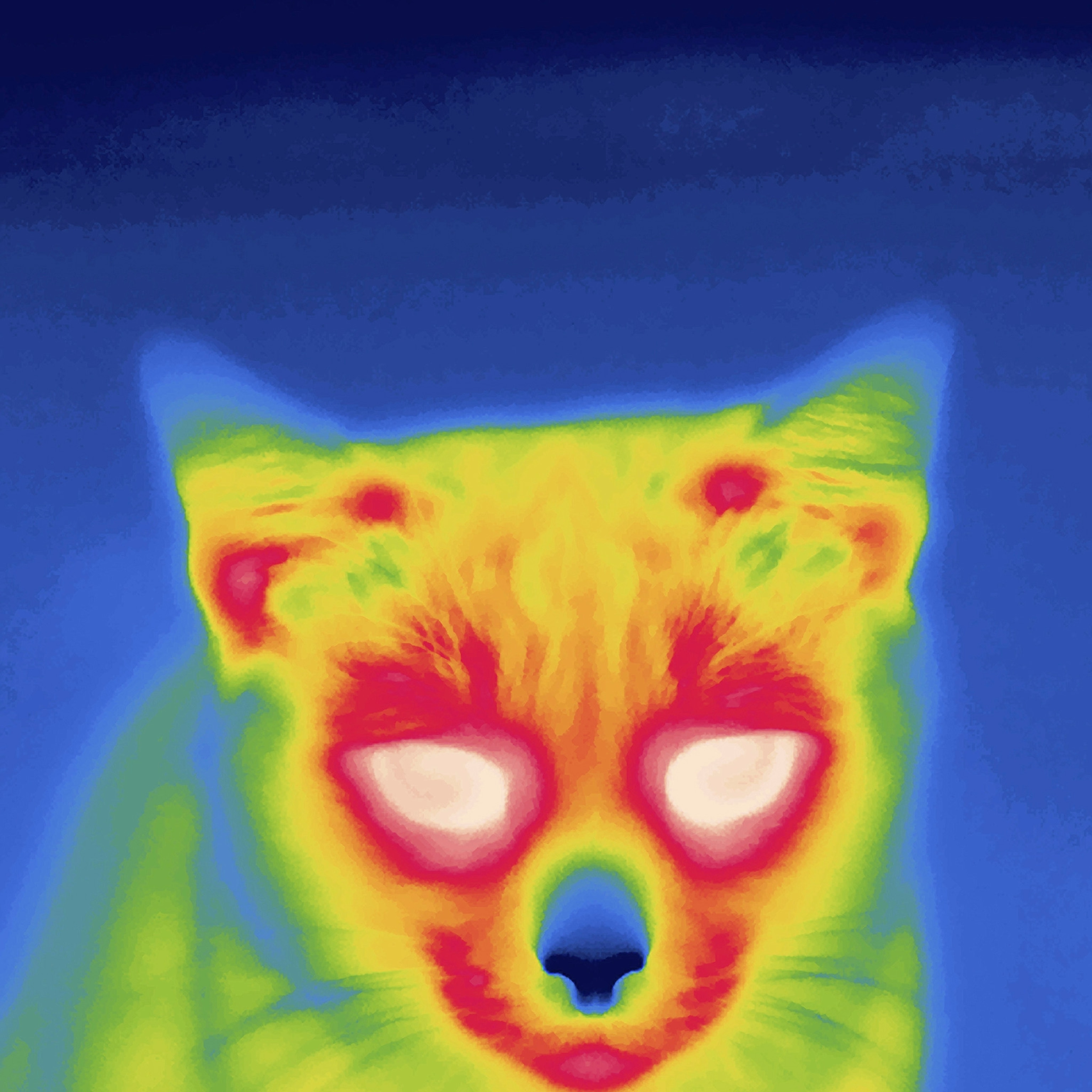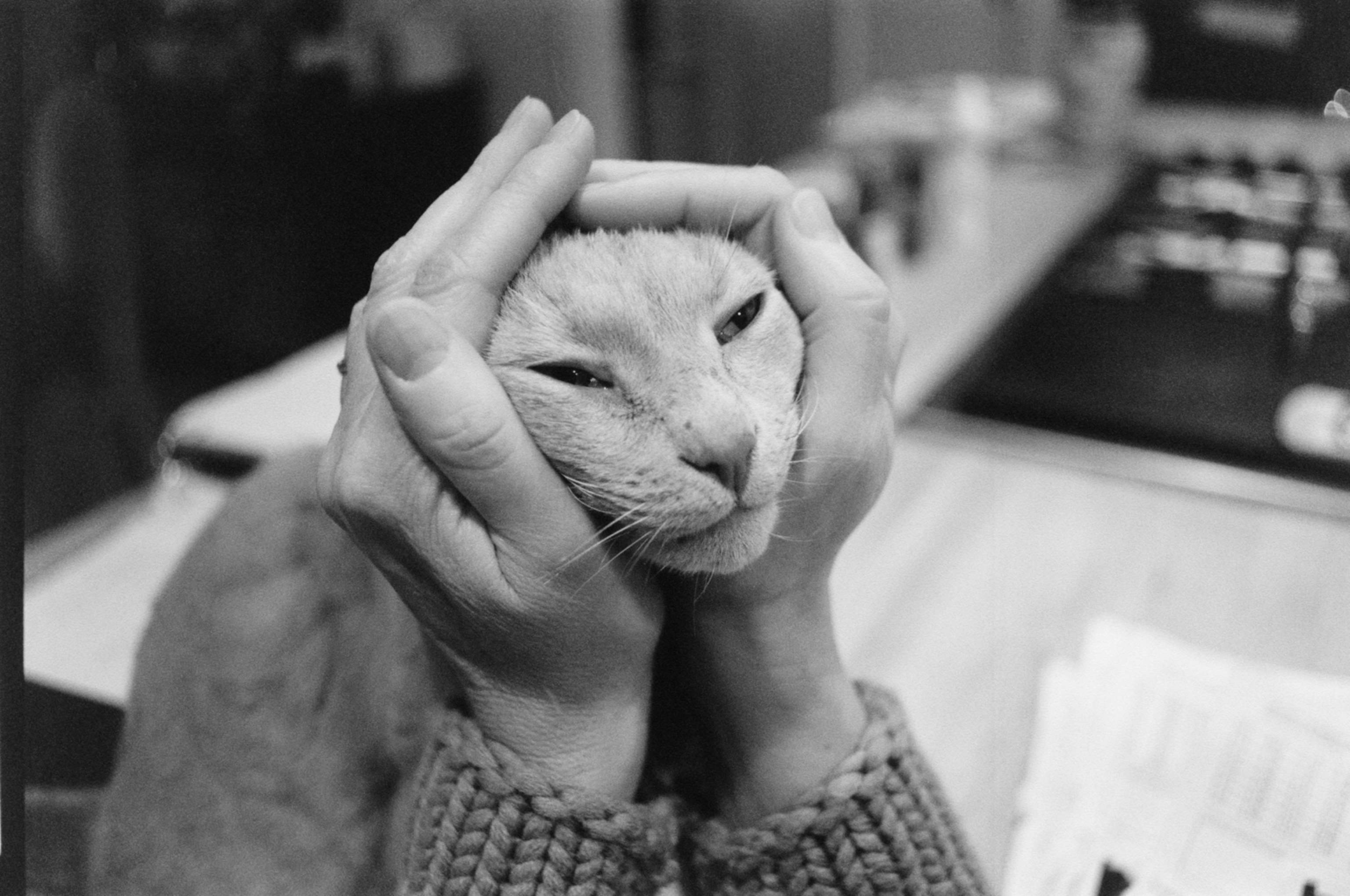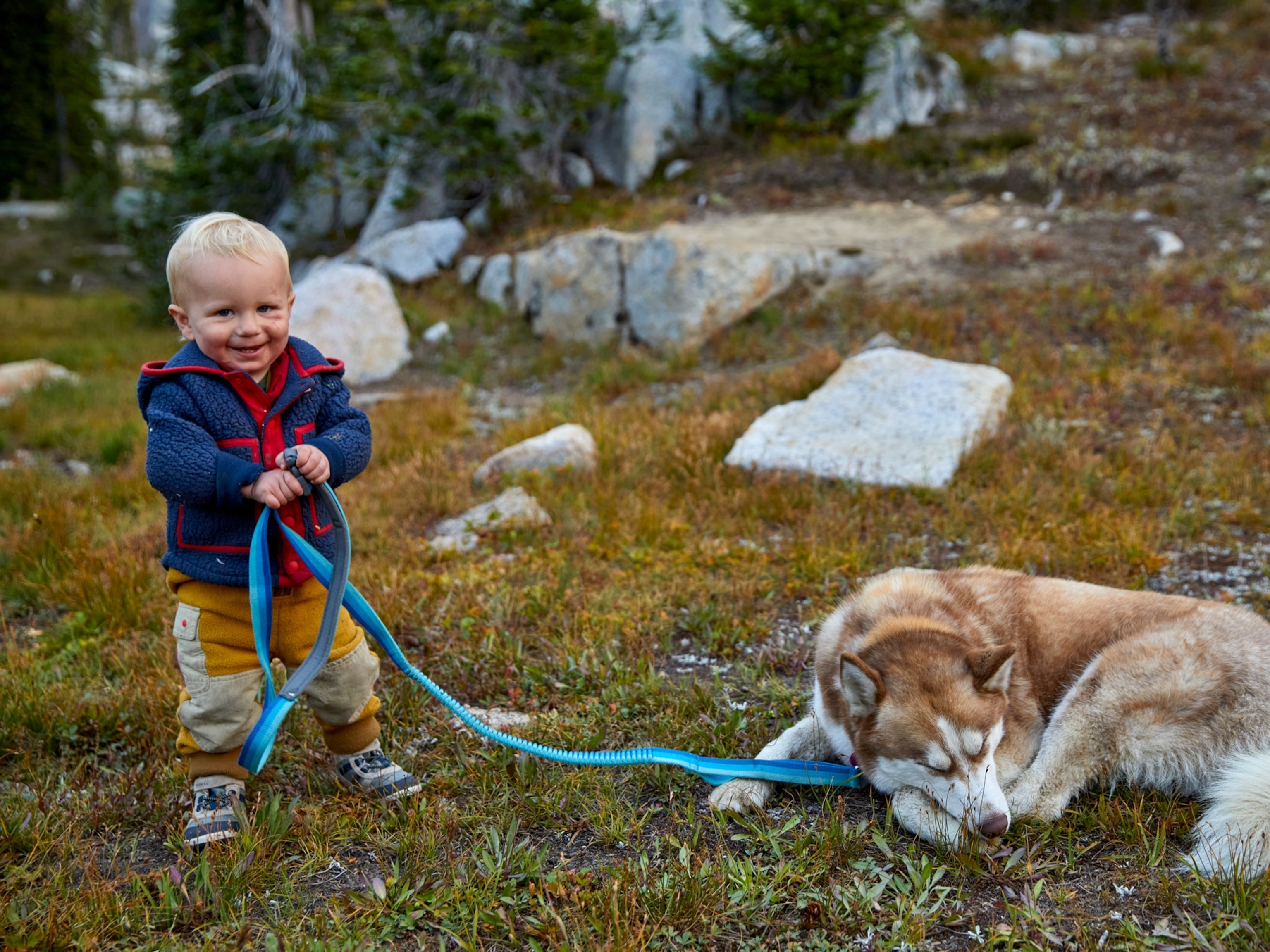Can Dogs and Cats Be Vegan? Science Weighs In.
Treats and kibble made with fungus offer high protein from plant-based foods, but not all pets may be able to make the switch.
Quick, name one thing soy sauce, miso, and sake all have in common. If you said, They’re delicious, you’re not wrong. But the real answer is koji.
The common name of the fungus Aspergillus oryzae, koji is a microorganism at the heart of many traditional Asian flavors and foods. It’s also the key ingredient in a new kind of pet food announced today that its creator hopes could change the future of how animal feeds are produced.
Koji is normally cultured directly on grains like rice, which supply the starches the fungus needs to proliferate. Wild Earth co-founder Ryan Bethencourt says they put the koji straight into a beet sugar-based solution. After extraction, they press it like tofu, then slice and bake it into a final product that’s like a cheese cracker in taste and flavor.
The end goal, says Bethencourt, is to create an environmentally friendly, high-quality food for pets that’s vegan and tasty. The company plans to release their first product—a pet treat—by June, with a kibble-based food available later in 2018.
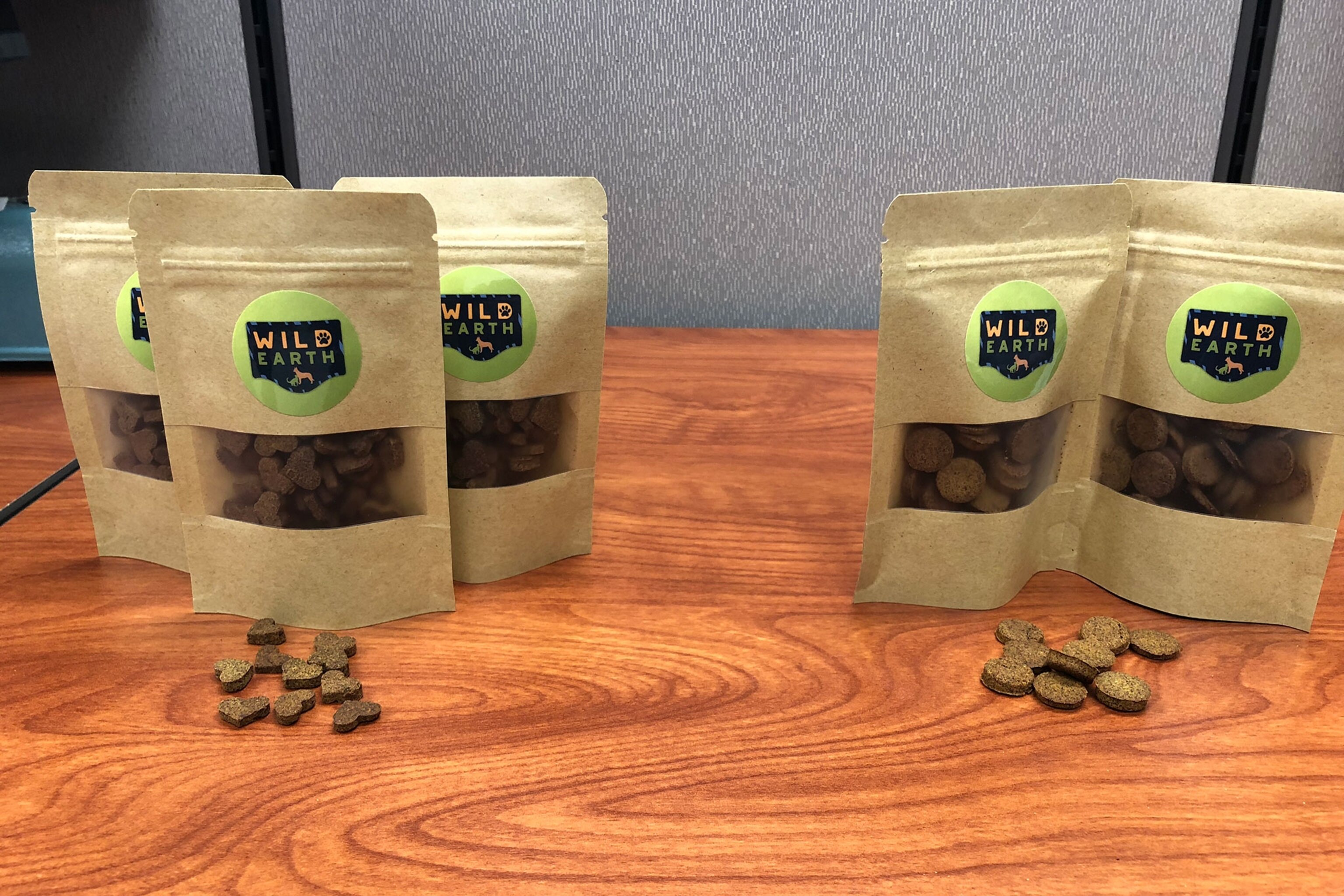
Though it’s not the first commercial vegan pet food on the market, their new koji-based product would no doubt appeal to the masses of humans who have already adopted a meat-free lifestyle: The overall market for plant-based foods that directly replace meat is already valued at $4.9 billion, and a recent analysis indicates that sales grew by 8.1 percent in 2017. (Find out how a tick bite could make you allergic to meat.)
The idea to use koji as a way to enter the plant-based pet food sector came from company co-founder Ron Shigeta, a third-generation Japanese-American and serial koji grower.
“Ron always has these kojis he’s growing everywhere, and we started to think: Could we use koji as the primary protein product rather than something just to add flavor?” Bethencourt says.
An analysis of their early koji solids showed that they were around 50 percent protein; a steak, by comparison, is around 30 percent. For fat, fiber, and other nutrients, the company plans to mix in vegetables such as pumpkin, sweet potato, buckwheat, and potato flour.
Dietary Choices
Even if koji is a quality source of protein, is it right for both dogs and cats?
Despite the growing desire by Americans to provide their pets with high quality, high protein food, no official definition exists for “high protein” for animal feeds. So veterinary nutritionist Amy Farcas follows a few rule-of-thumb guidelines: For dogs, a low-protein diet consists of 10 to 15 percent of daily calories from protein, while a typical diet is anywhere from 20 to 35 percent. Anything above 35 percent could be considered a high-protein diet.
“It’s a little arbitrary,” Farcas says. “For healthy dogs, there’s no upper limit of protein intake, meaning that as long as they also meet their dietary fat requirements, dogs can do well on a high-protein diet.”
Zach Ruiter, a Toronto-based documentary filmmaker, says his 13-year-old wirehair fox terrier, Alvie, already thrives on a mainly homemade vegan diet. He says he’d give koji a shot; Alvie loves tofu, so it wouldn’t be a stretch.
“It would be interesting to see if there are any studies done to look at health and life expectancy with various diets,” Ruiter says. “What are the overall health impacts of a vegan diet for dogs?”
Bethencourt says his company hopes to help answer that question. “It’s something we don’t have data for right now, but as you’ve seen with vegan athletes, we think that a non-meat diet will be beneficial to the animals as well, perhaps surprisingly so.”
As for fungus in Fluffy’s future, koji alone isn’t quite right for cats: as obligate carnivores, they need to eat meat to get nutrients like taurine and arachidonic acid. But “cats certainly can tolerate a certain amount of plant material in their diet, though they do have higher requirements for protein or fat than dogs or humans,” Farcas adds.
Bethencourt says his company is in the process of developing a lab-grown, meat-based cat food—made of cultured mouse cells. (Scientists have also been able to grow milk in a lab—here’s how.)
The Cost of Kibble
In addition to being more humane, such products aim to lower the environmental impacts of feeding the world’s domestic pets. In the U.S., people share their households with 47.1 million cats and 60.2 million dogs, according to the 2017-2018 National Pet Owners Survey.
Those figures, and the proliferation of “premium” pet foods, prompted UCLA geographer Gregory Okin to crunch some numbers about pet food production and consumption.
In a study published last year, Okin estimated that in the United States alone, dogs and cats eat an equivalent number of calories as 62 million Americans, or a fifth of the population. Because most of those calories come from animal products, they’re more resource-intensive to produce.
“Even though animal byproducts may not be expensive, rendering them is a high-temperature process,” Okin says. He notes that the next step, kibble production, could also be energy intensive, as the formulas are squeezed through high-temperature extruders that sterilize the pet food as it’s made.
“Maybe if [koji] is made in a highly energy-intensive way, and using certain materials, it’s possible that it’s no better than meat in terms of environmental impact,” Okin says. But the product needs to come to market with a scaled-up production process before anyone can do a real comparison.
Protein for People?
Koji could also be a useful solution for challenging dietary circumstances among people, Bethencourt notes. For example, the fungus-based protein could be suitable in developing countries where food spoilage is a real concern, or for use as non-perishable, high-quality food sources for remotely deployed soldiers.
Okin says conventional dog food could already meet those needs, given its protein content, but he muses on the potential for koji as a more palatable alternative.
“If there’s a takeaway here, why aren’t we taking this stuff and thinking about how to feed it to humans?” he asks. “There are people all over the world who need protein. Here you’ve got this shelf-stable, long-lived potential emergency food. You could use it for people. Or you could feed it to dogs.”











